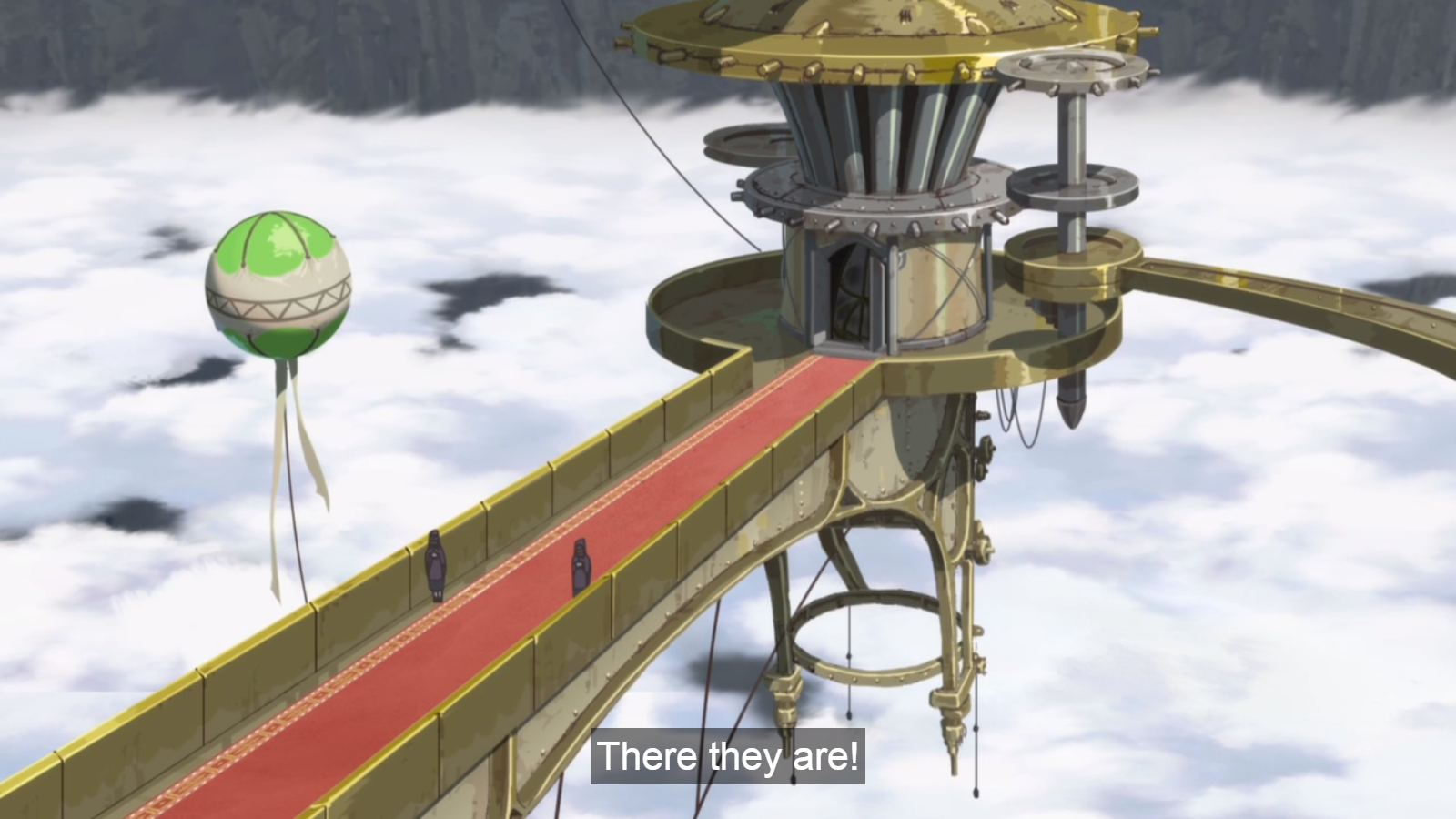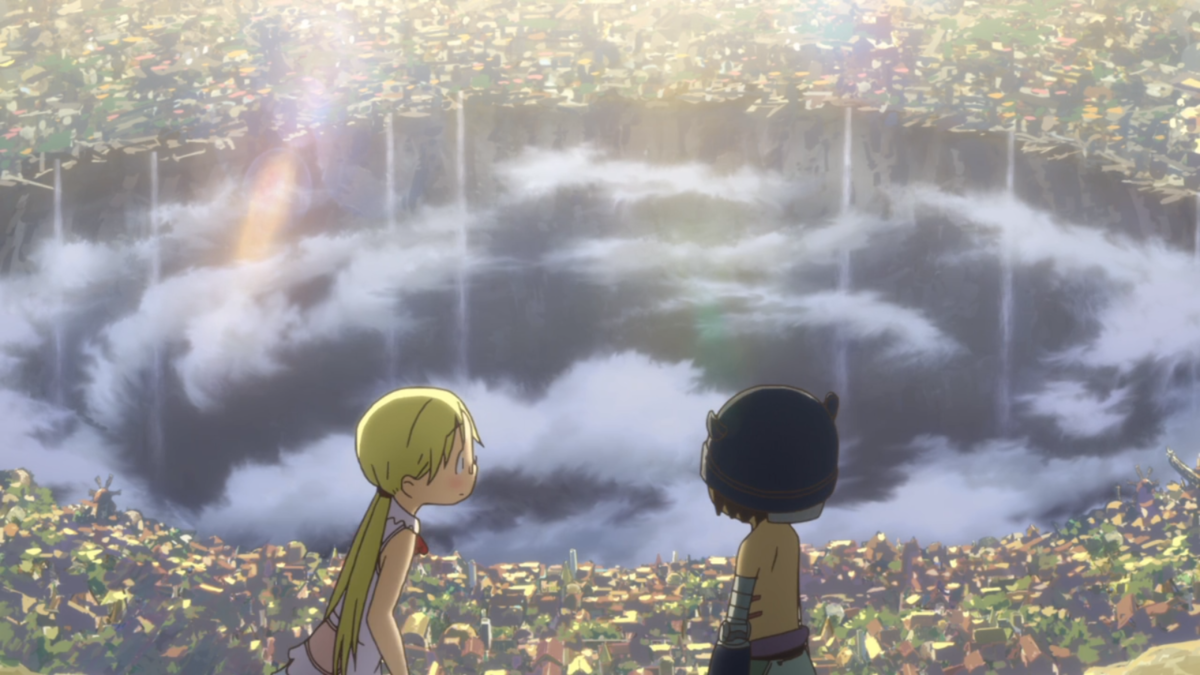I was into Made in Abyss before it was cool … sort of.
The creator of Made in Abyss is one Akihito Tsukushi. I first learned of his existence when I discovered some stunning fan art he made for Fairy Musketeers, one of my all-time favorite magical girl shows. I thereafter learned that he had created a web serial called Made in Abyss, which was gaining some popularity because of its stunning artwork.
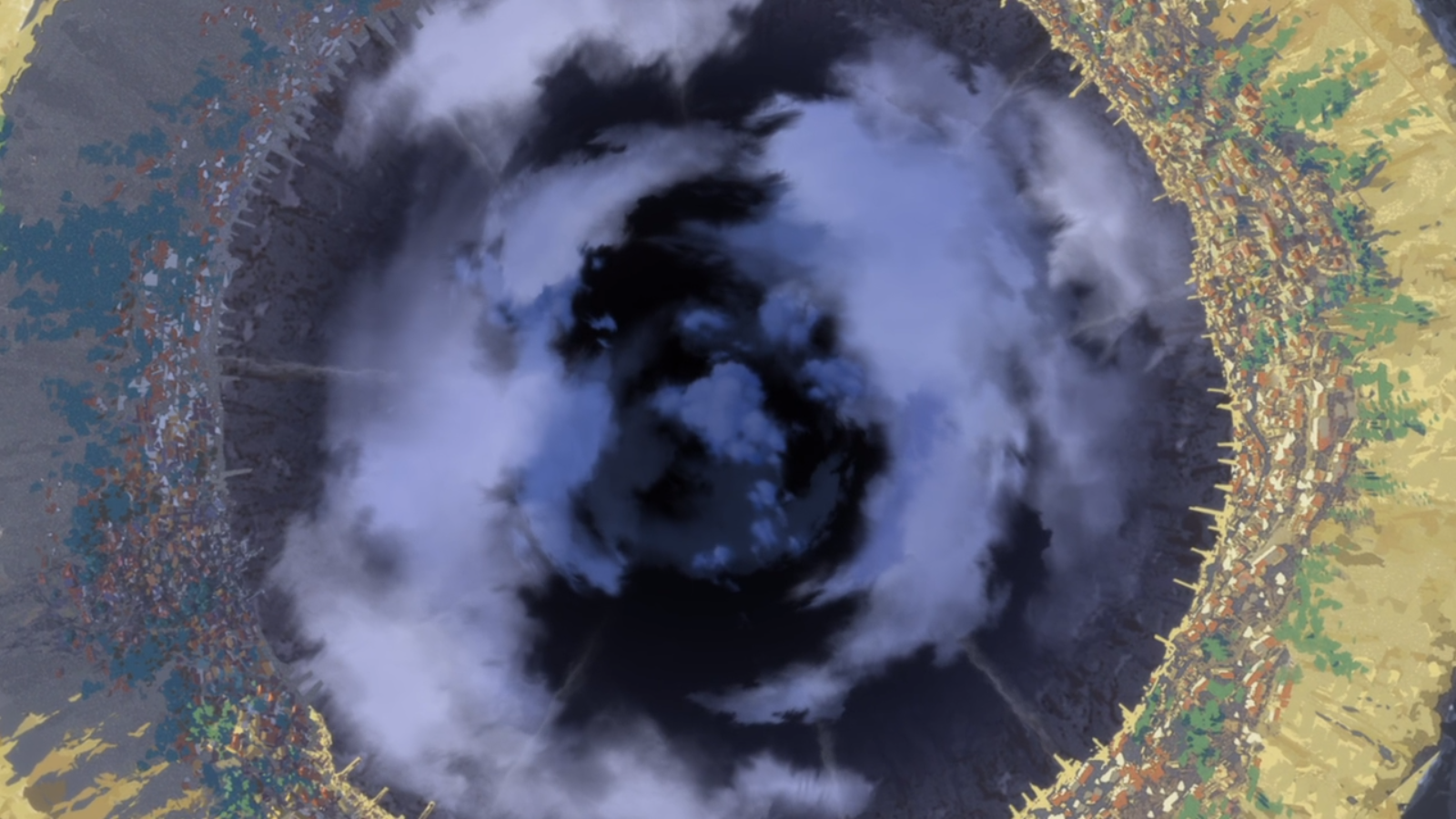
Not long after that, the anime adaptation was announced, and it was simulcast on the (now defunct) Amazon Strike. Around the same time, Seven Seas Entertainment nabbed the manga for a translation.
During its run, Made in Abyss was about all anime fans were talking about. I watched as the talk in my Twitter timeline slowly evolved from “Made in Abyss is amazing” to “whoa this is dark” to “exactly how perverted is Made in Abyss, anyway?”
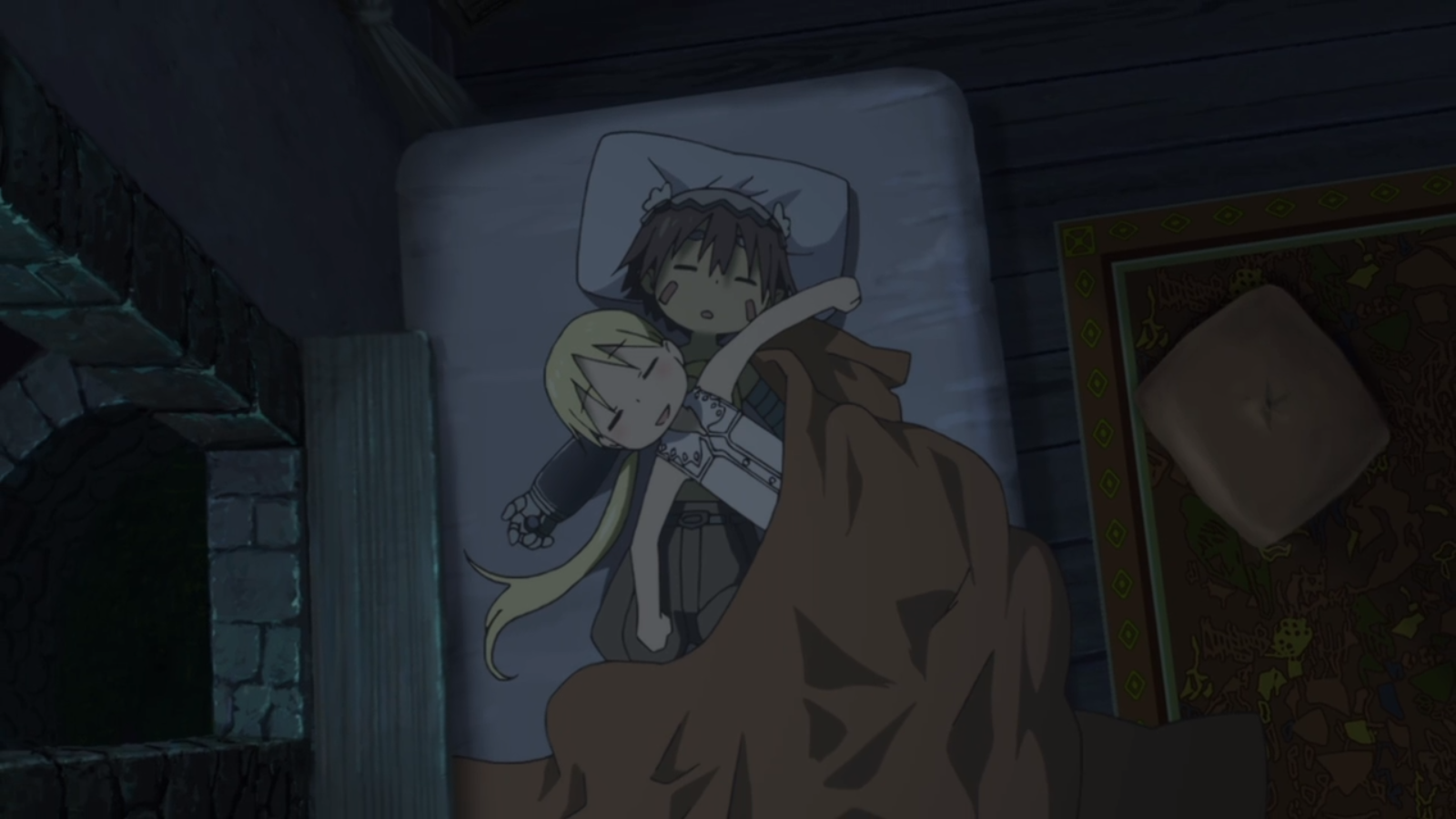
Much as I wanted to, I was unable to watch Made in Abyss during its run, because I was in graduate school and working two part-time jobs, and I simply couldn’t justify the frivolous expense of a streaming service. Now that I’m gainfully employed, however, I’ve been exploring the anime available on Amazon Prime, but I hadn’t yet made it to Made in Abyss because I was working my way through some of the available magical girl shows first.
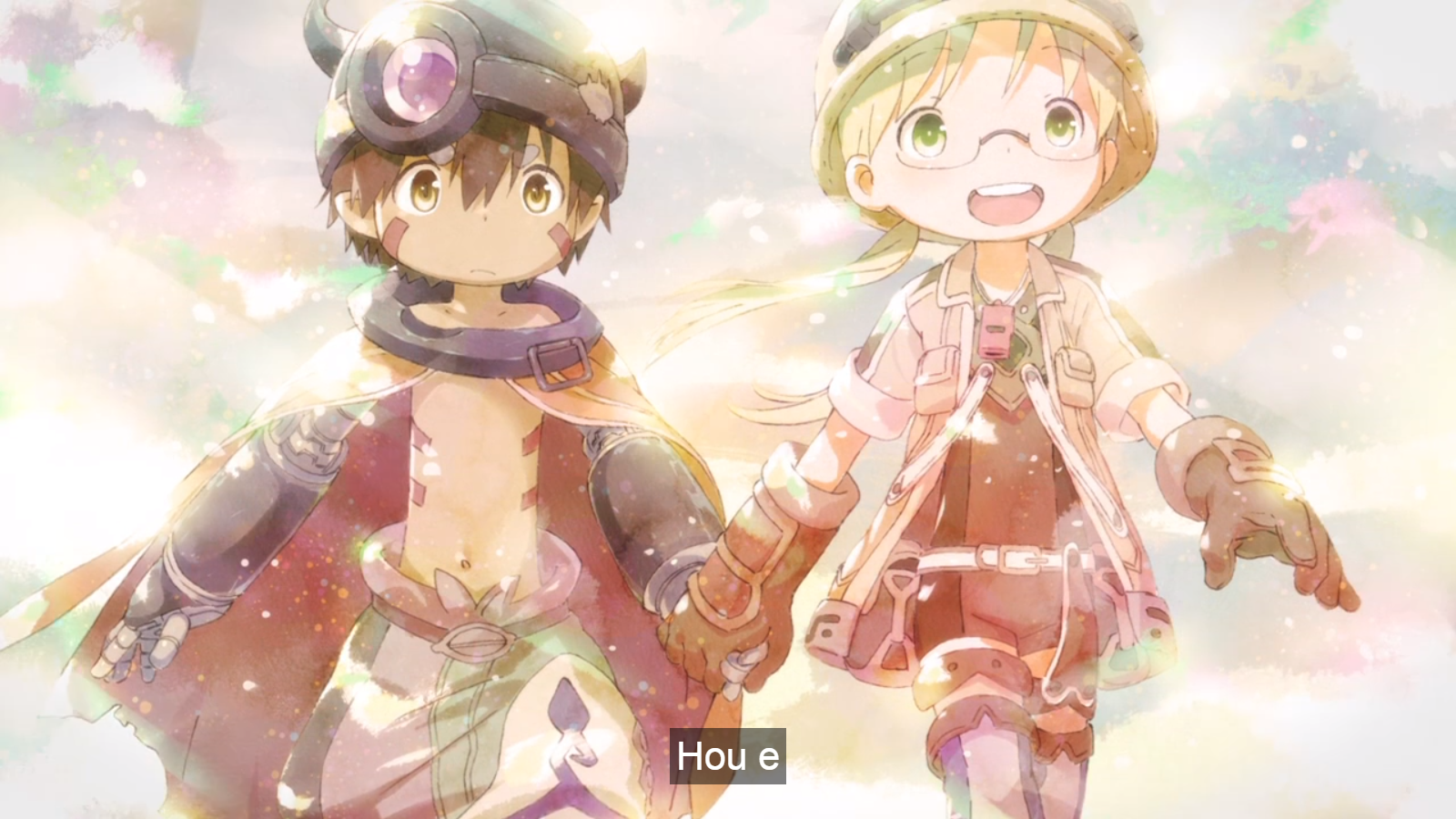
I’ve now seen two episodes of the show and, I must say, it so far is living up to the hype. Although perhaps not quite on the level of the intricate designs from its source material, the background art in this anime is freaking amazingsauce. I almost don’t care about the story because I’m too busy drooling over the artwork.
But the story is really cool, too. The premise is that there is this enormous pit, of unknown depth, full of dangerous monsters as well as powerful relics, and a city with an entire culture based on its exploration has grown up around its rim. The protagonist is one twelve-year-old Riko, an excitable girl who wants to live up to the reputation of her mother, who was one of the Abyss’s great explorers. Living in an orphanage where she is a “Red Whistle,” an apprentice cave-raider, she discovers a robotic boy who possibly came from the Abyss’s deepest and unexplored levels.
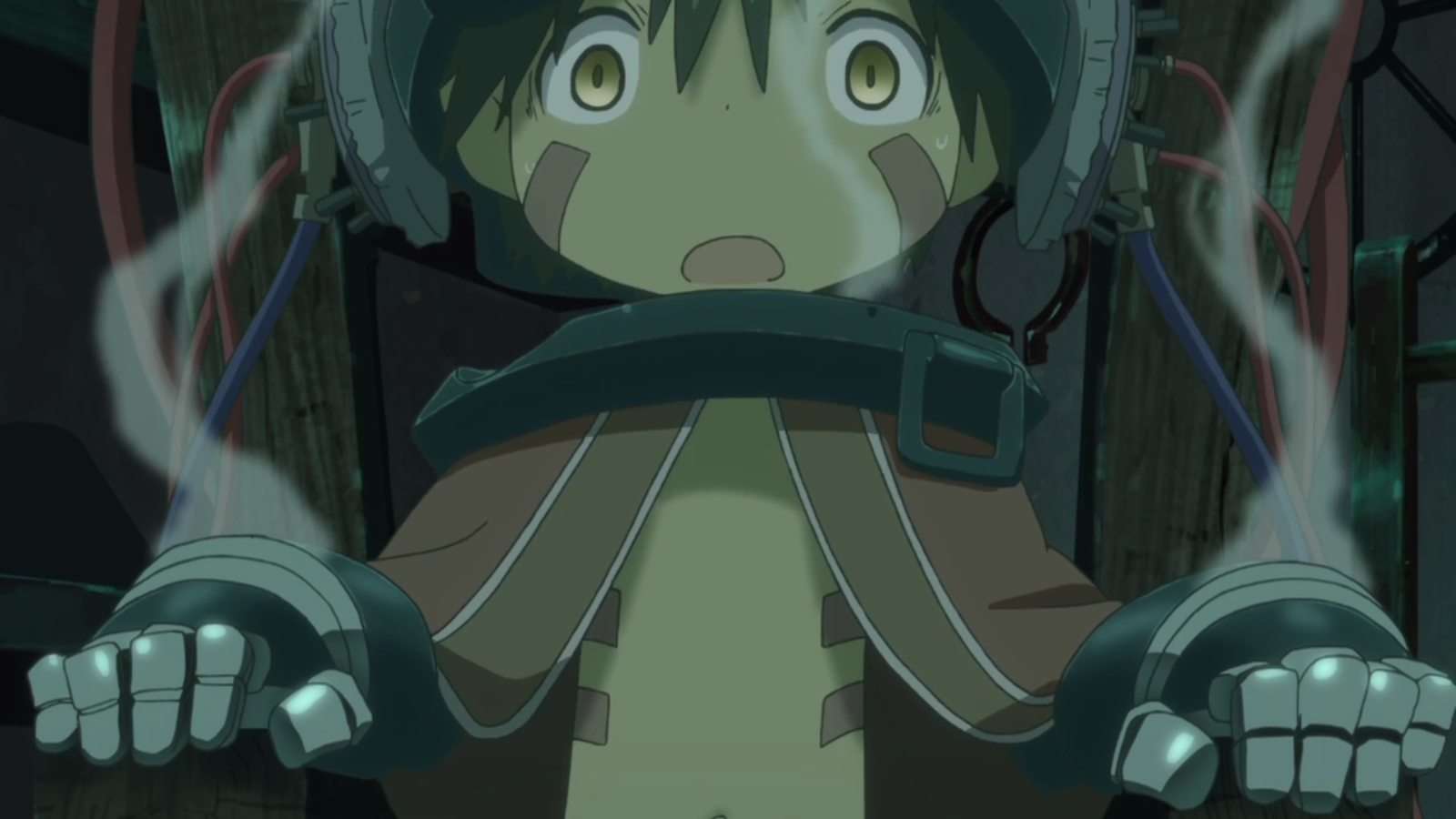
Exploring the Abyss is not only hazardous in itself, but it comes with a “Curse”: the lower you go, the greater sickness you face when you try to rise again to the surface. Anyone who explores deeply enough cannot leave the Abyss again without dying or losing his humanity.
The characters of Made in Abyss are drawn in a style sometimes called “puni plush,” an exaggerated anime style in which everyone looks like a prepubescent child—like, moreso than usual, I mean. The character designs accent the sense of wonder and adventure, but belie some of the story’s grimmer themes.
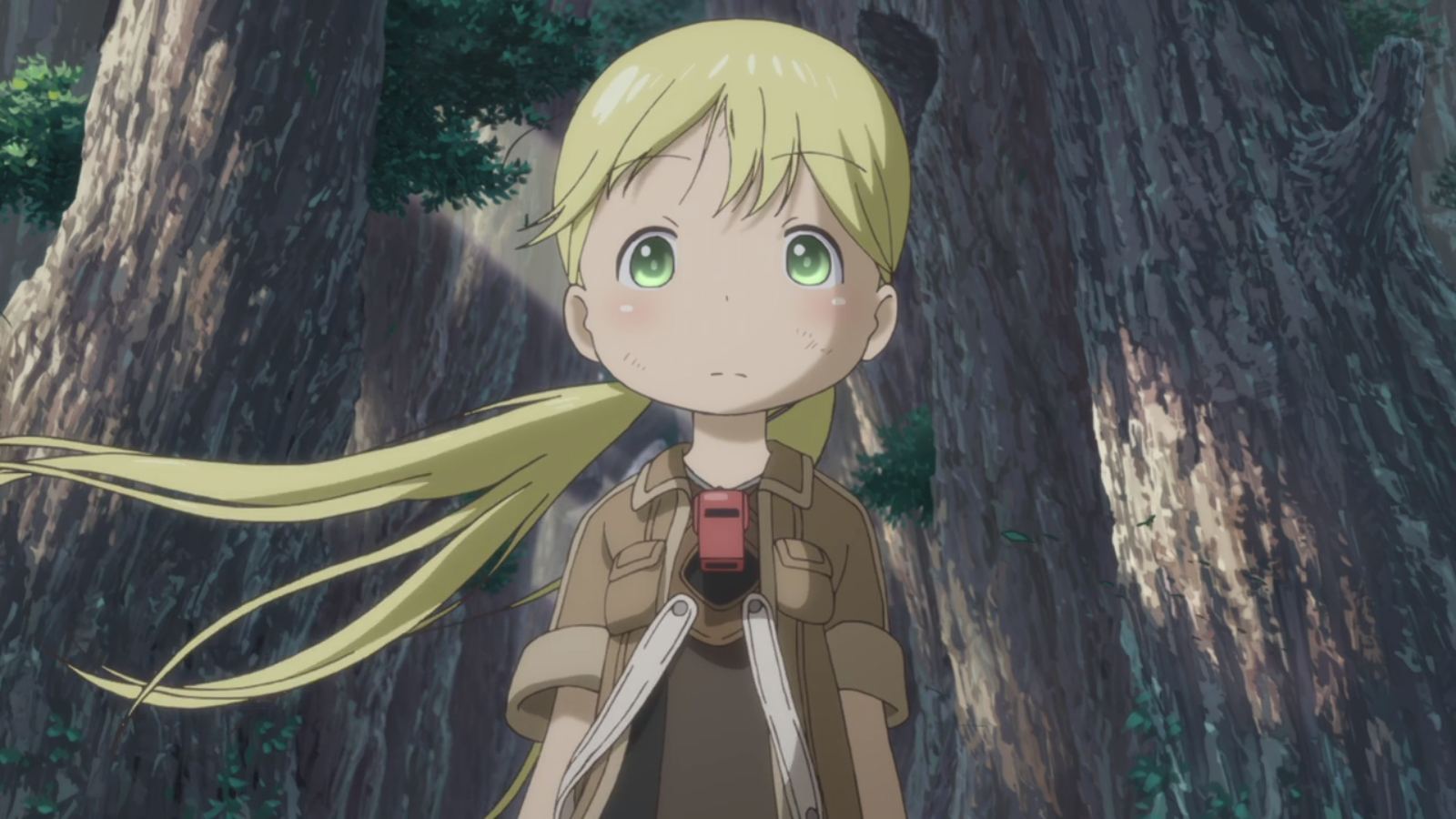
The look and feel of this show is much like something that would come out of Studio Ghibli. Again, I’m only two episodes into it as I write this, but it is so far one of the best things I’ve ever seen. It’s has that sense that you’re watching something larger than itself, a story that was told around campfires long ago and that will still be told even after this particular version of it has been long forgotten. It feels timeless.
And the art! I sometimes just want to turn off the sound and stare at the pictures.
